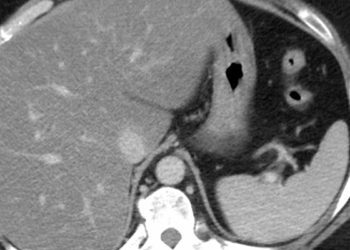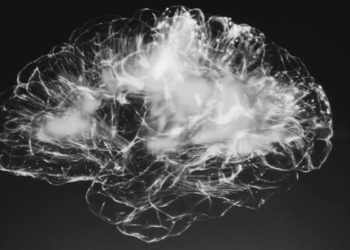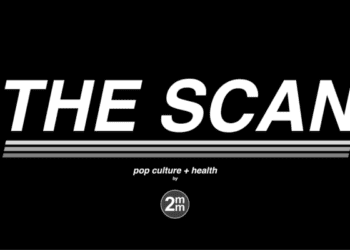Shift workers may have increased sleep disruption and use of sleep medication
1. In this large prospective cohort study, shift workers with night shifts had a significant incidence of prescriptions for sleep disorder medications, regardless of age, sex, and occupation, compared to daytime workers.
2. Older age, female sex, divorcees, and smokers tended to have increased prescription incidence whereas occupation type (white- vs. blue- collar) had no differences in hypnotic and sedative prescription incidence.
Evidence Rating Level: 2 (Good)
Shift and night workers have commonly faced acute sleep disruptions and the development of sleep disorders. Previous studies (mostly based on self-reported sleep disorders) have shown little to no evidence of an association between night work or shift work being associate with sleep problems. This study addressed the limitation of self-reporting bias by identifying an association between shift work and the prescribing of medications to treat sleep problems.
This prospective cohort study was conducted on Finnish public sector workers as well as Finnish hospital personnel in Finland. Cohorts were classified as day workers (n = 33,014), shift workers with nigh shifts (n = 7,557) and shift workers without night shifts (n = 10,062). Individuals with mental health problems at baseline were excluded due to confounding risk. The study outcomes assessed incident of hypnotic and sedative prescriptions from a national drug reimbursement register.
The study results showed highest incidence of sleep medication prescriptions among all shift workers, older individuals, females, divorcees, and smokers. Hazard ratios controlling for all covariates further showed a significant incidence in medication use amongst shift workers with night shifts (across all ages) compared to day shift workers. Importantly, the study did not show any differences between white-collar and blue-collar workers. However, this study was limited in its application as a large portion of the cohort were healthcare workers, leading to poor generalizability. Additionally, the study may not capture all individuals with sleep disorders, as physicians may prescribe other treatment modalities beyond medication. Finally, hypnotics and sedatives may also be prescribed for off-label purposes; therefore, this study may also overestimate sleep disorders. Nonetheless, this study was significant as it further strengthened the association between shift work and circadian disruption, as well as increased incidence of sleep disorders.
Click to read the study in Journal of Sleep Research
Image: PD
©2022 2 Minute Medicine, Inc. All rights reserved. No works may be reproduced without expressed written consent from 2 Minute Medicine, Inc. Inquire about licensing here. No article should be construed as medical advice and is not intended as such by the authors or by 2 Minute Medicine, Inc.







